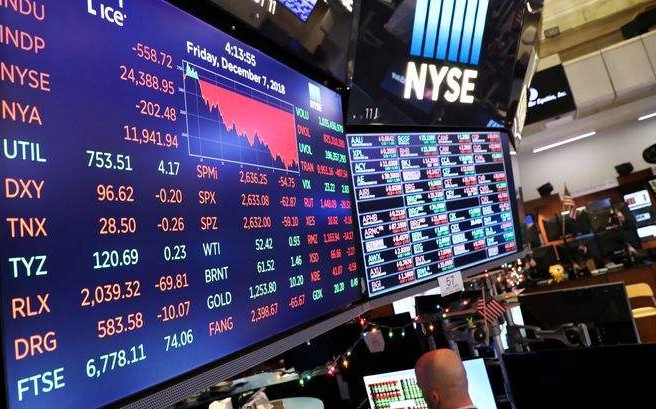
Why are US stocks rising even as the economy slumps?
The Business Cycle Prediction Committee of the National Institute of Economics, a private nonprofit organization in the United States, announced on the 8th that the US economy has ended its economic expansion cycle since June 2009. It entered a recession in February this year. The organization has always been regarded as the official to determine when the business cycle begins and ends. However, after its announcement, The three major US stock indexes closed collectively on Monday, and the Nasdaq broke through 9900 points. The highest record.
The epidemic has not been effectively controlled, and racism protests that are spreading throughout the United States and even the world are still going on. However, American stocks seem to have not been affected at all, not falling but rising. Why is it in such a situation?
The stock market reacts to “future expectations”
A major feature of the stock market is its ability to reflect future expectations. This means that the stock market does not reflect the current situation, but the expectation for a period of time in the future. When we see the fact that the unemployment rate in the US economy is reaching new highs and the number of coronavirus confirmed cases is rising, the stock market is already digesting what may happen in the coming year. For example, what is the latest research on vaccines? When will the economy recover? After the economic recovery, how much consumption and investment could increase, and so on.
Therefore, the rise in US stocks during this period reflects precisely the market’s optimistic expectations about the resumption of work and the rebound in economic activity after the resumption.
Market economy: “Invisible hand” strongly intervenes
There is a reason for investors’ optimistic expectations about the future. One of the main reasons is the Fed’s series of strong stimulus measures. There were three circuit breakers: in US stocks in March this year, which is unique in history. In order to save such a dark moment, the Fed almost emptied the arsenal, from “zero interest rate” to “infinite quantitative easing”, and opened the “spread money” mode.
Some American media believe that this measure seems to give investors an implied guarantee. No matter how bad the situation is, the government will limit the risk.
In this way, investors certainly have their reason to be optimistic about the future. Therefore, it can be seen that after the Fed’s rescue policy was announced, a large number of high-quality listed companies took the opportunity to continue to buy back stocks through low-cost bond financing, which pushed up the share price. At the same time, a large number of investors quickly withdrew from the US Treasury market and returned to the stock market.
All these have become a strong support for the “V-shaped rebound” of US stocks. During the rebound, US stocks attracted a large number of retail investors, which together pushed up the stock market.
First, while the stock market is in good trend, the economy may not. The Fed has “spent money” to save the market, but failed to bring up commodity prices. Especially since April, the prices of commodities and optional consumer goods have not risen. This shows that the real economic demand is still insufficient, and a lot of funds have not flowed into the real field. Instead, it went to the capital market.
Secondly, as more and more wealth in the capital market taken charge of by a few leading companies, the imbalance in the US economic structure may become more serious. These companies will further strengthen their advantages by virtue of their global monopoly position. This will badly influence more and more SMEs and innovation activities, and lead to an irreversible distribution gap.
Finally, US stocks are not monolithic. If the coronavirus is still not effectively controlled, or the anti-racial protest continues to escalate. These may cause a major blow to the economy, and the stock market may also be affected.



